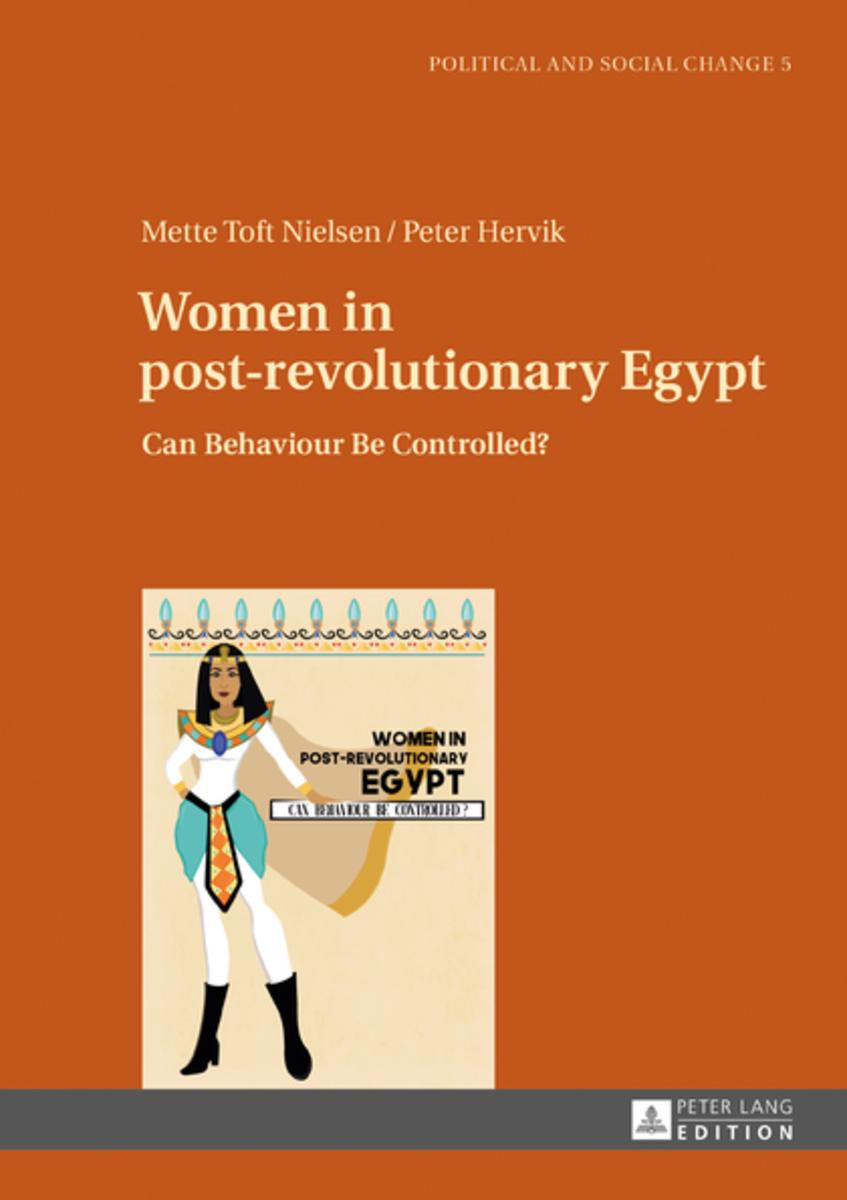
Women in post-revolutionary Egypt: Can Behaviour Be Controlled?
Book by Mette Toft Nielsen
About the Book
The Arab Spring and the two Egyptian revolutions are still the focal points of many specialists and scholars around the whole world given the changes these uprisings have made on the social and political levels across the Middle East region. Among the up and coming authors who realized studies on that topic was Mette Toft Nielsen, who succeeded to author a new book entitled Women in post-revolutionary Egypt: Can Behaviour Be Controlled? (Political and Social Change) while finalizing her master’s degree.
Born in Sri Lanka and adopted at a young age by a Danish family, Mette studied Culture, Communication and Globalization at Aalborg University. She developed an interest in Egypt once the Arab Spring started in 2011, which drove her to decide to come into town for her research that lasted over six months. Peter Hervik, who is the supervisor on Mette’s master’s degree, is credited as a co-author of the book. He is an anthropologist, Professor in Migration studies at the Department of Culture and Global Studies, at Aalborg University, Denmark.
Research and Interviews
“My first university thesis focused on the reasons behind immigration of Egyptians,” explained Mette, who interviewed several Egyptian young men and women for it. Among the discoveries of this first research, Mette noticed that there are many young Egyptian women who tend to have more choices than those provided by old-fashioned social customs, especially if these young women are living in villages across the countryside.
Consequently, Mette was curious to start another study focusing on these Egyptian women living far from the big cities since many studies that were made by western organizations in the aftermath of both the 2011 and 2013 revolutions that only focused on Egyptian women living in major Egyptian cities like Cairo and Alexandria.
“Hence the idea of my first book was born,” explains Mette, who wanted to put the stories and aspirations of these young Egyptian women in recorded and written forms. “Most of the interviews were done in Arabic with the help of an Egyptian translator.”
It took Mette six months of travels across Egypt because she wanted to make her interviews as broad as possible. “From a logistic point, Egypt was the prominent destination because there are direct flights from Copenhagen to Cairo where I also got from Danish-Egyptian Dialogue Institute,” she says. Once arriving in Cairo during 2012, Mette started to meet Egyptian women from different age groups and education living in Cairo and Alexandria, Nuweiba and Sinai in the east, then Assiut and Minya in the south of Egypt.</
